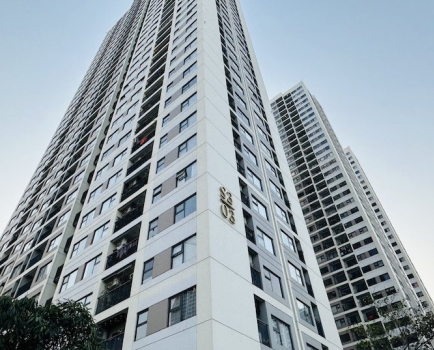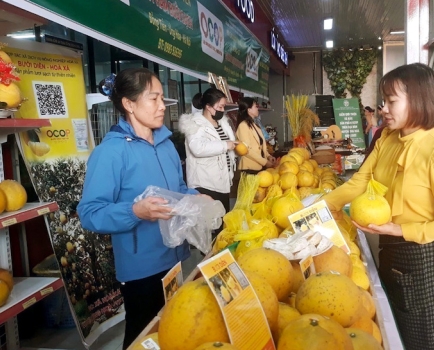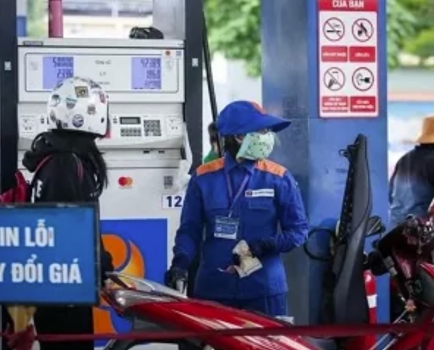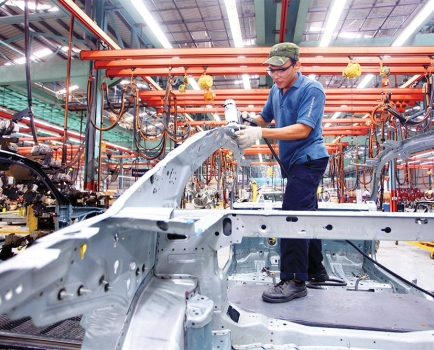ICAEW forecasts Vietnam’s GDP growth at 6.7 per cent in 2019
Sun, 09 Jun 2019 18:50:00 | Print | Email Share:
VOV.VN - After enjoying GDP growth of 7.08 per cent in 2018, the country’s 2019 growth is forecast at 6.7 per cent, which would place it as the fastest growing Southeast Asian economy, according to a report released by ICAEW Economic Update recently.
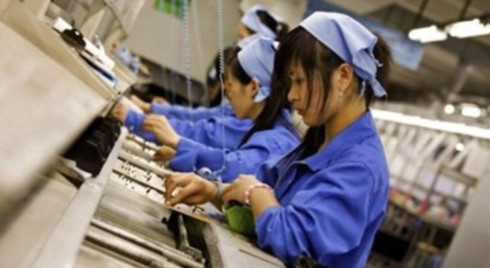
Photo: VTC News
Vietnam’s economy saw even growth across all fields in 2018 and overcame a number of challenges to see growth of 7.08 per cent, the highest levels seen during the past ten years.
Despite this, the nation’s economic growth is forecast to experience a decline during 2019 in line with other countries in the Southeast Asian region.
Regional GDP growth is expected to moderate to 4.8 per cent in 2019
The Economic Insight reports are produced by ICAEW's partner Oxford Economics, one of the world’s leading advisory firms that specialize in providing quarterly forecasts for economies in the SEA region including Indonesia, Malaysia, the Philippines, Singapore, Thailand, and Vietnam.
Accordingly, the region’s average GDP growth is forecast to moderate to 4.8 per cent this year, a drop from 5.3 per cent in 2018, due to a gloomy situation relating to export growth, increasing trade protectionism, and weaker import demands from China.
The report also pointed out that deterioration in export momentum across the region has carried on into the year’s second quarter, with Vietnam being the only nation to buck the trend.
The country’s merchandise exports in US$ terms stand at 10.4 per cent higher than a year ago during April. This was in spite of suffering a double-digit fall in crude oil exports. Despite this growth, the figure still marks a deceleration from the 13.3 per cent growth recorded in 2018.
Sian Fenner, Economic Advisor and Oxford Economics Lead Asia's economist, believes that exports and overall economic growth will continue to come under further pressure due to the renewed US-China trade tensions.
She noted that with a sharp fall in export volume since the beginning of the year, a further increase in the US-China trade tensions could see a much more prominent slowdown in regional growth in the future.
Mark Billington, Regional Director of ICAEW South East Asia emphasised that the re-escalation of US-China trade tensions comes at a time when export growth across the region is already in the doldrums due to weaker import demands from China.
He said the nation’s economy will still enjoy favourable growth in the context of trade diversion, noting that drastic measures should be taken to ensure a consistent inflow of FDI.
FDI remains significant driver to Vietnam’s economic growth
The report stated that Vietnam’s economy faces a number of challenges in terms of technology levels and the degradation of both land and natural resources.
In addition, there is a big difference in development levels between the domestic and foreign-invested sector. This is particularly true in import-export activities, which will have an impact on overall economic growth.
Despite these negatives, the report shows that there are bright prospects ahead for Vietnam’s economy in 2019 thanks to macro-economic stability, and improved levels of confidence in the country’s business climate. Therefore, FDI and manufacturing remain significant drivers of economic growth.
Vietnam’s economic momentum stood at 6.8 per cent year -on-year in the first quarter of 2019, below the 7.3 per cent rise seen in the fourth quarter of 2018. Growth in the quarter was underpinned by the continued strength of the manufacturing sector, solid activity within the service sector, and an improving agriculture output.
While US-China trade tensions may temporarily benefit Vietnam, the nation remains highly exposed to China. The country’s total exports to China in value added terms accounted for 10.3 per cent of GDP in 2017, of which around 85 per cent was used to meet domestic demand within China.
According to the Foreign Investment Agency, disbursed FDI picked up 9.8 per cent on-year to a three-year high of US$2.6 billion in the first two months of 2019, with the manufacturing and processing sector garnering the most interest from foreign investors.
The report pointed out that the FDI inflows remain strong over the medium term due to the country’s close proximity to China and a host of positive labour dynamics, including low relative wages.
In addition, Vietnam’s participation in trade agreements, notably as part of ASEAN, and policies to attract FDI are also favourable. The nation’s infrastructure metrics are also improving. But structural reforms are needed to improve the ability of firms to do business in the country as well as ensuring adequate education and training enhance the scalability of production, notably in telecommunications, which is one industry in which the nation enjoys a comparative advantage.
A key finding of the report is that the demand remains healthy during the 2019−2020 period. Household spending will remain solid amid stable inflation and rising incomes, while sustained tourism should support the service sector.
ICAWE forecasts that the country’s GDP will grow by 6.7 per cent this year, with a modest deceleration during the 2020−2021 period to 6.1 per cent per year.
By: VOV/ICAEW
---------------------------------------------
Same category News :




